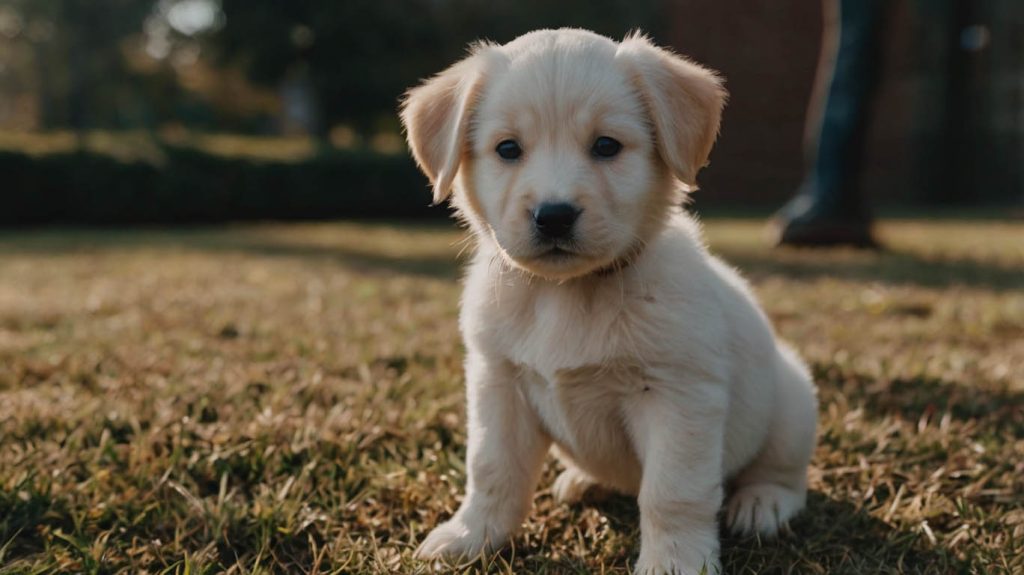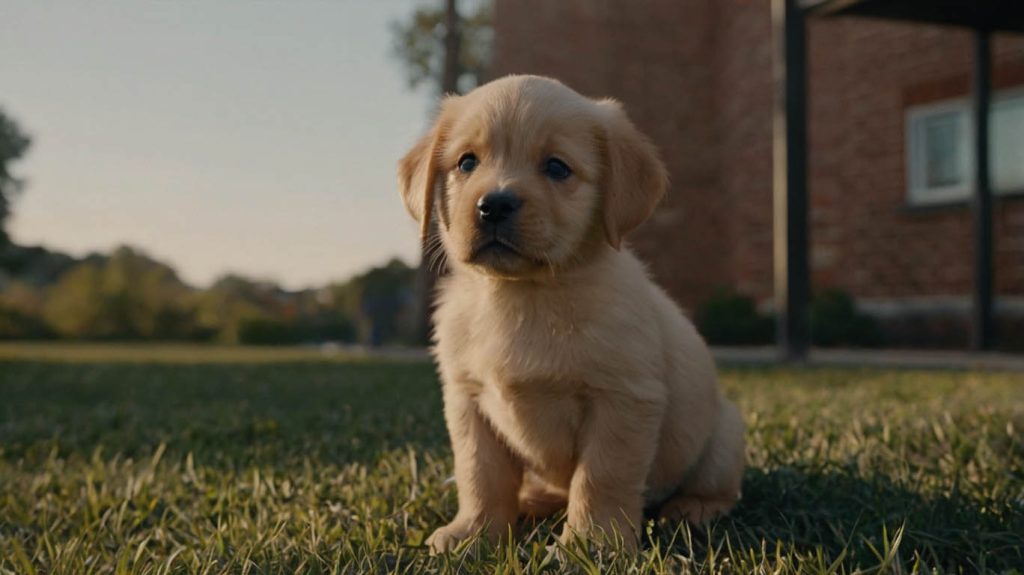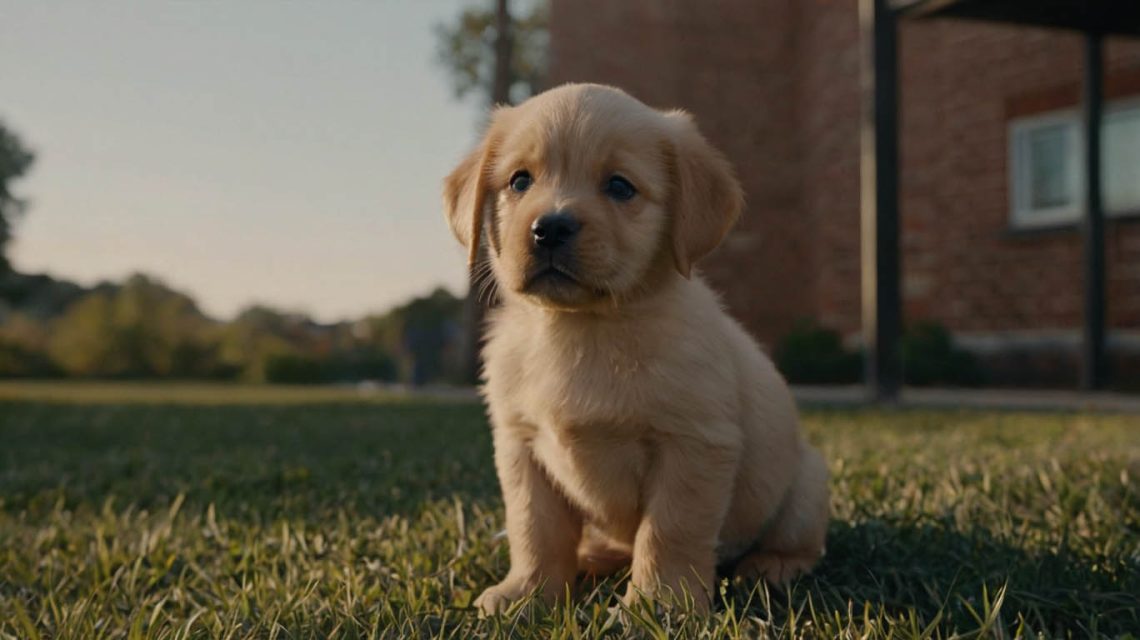When to Start Puppy Training Classes: The Definitive Guide for a Great Start
You’ve brought your new puppy home, and you’re doing everything right. You’re working diligently on house training, managing the nipping, and teaching a wobbly “sit” in your living room. However, you know that the controlled environment of your home is just the beginning. You want a dog who is confident around other people, polite with other dogs, and calm in new places. Consequently, your thoughts turn to group classes, and a critical, often confusing, question arises: exactly when to start puppy training classes?
You might get conflicting advice. Your veterinarian, rightly focused on physical health, might caution you to wait until your puppy has had all their vaccinations around 16 weeks. A friend might say to let them “settle in” for a few months. This conflicting information can be paralyzing. Therefore, this guide is here to provide the clear, modern, science-backed answer you need to make the best possible decision for your puppy’s long-term behavioral health.
The Surprising Answer to When to Start Puppy Training Classes
Let’s cut through the confusion immediately. The ideal time to enroll your puppy in a group class is as early as possible, typically between 8 and 12 weeks of age.
This might sound surprisingly early, especially if you’ve heard the old advice about waiting. However, these early classes, often called “puppy kindergarten” or “puppy socialization classes,” are specifically designed for the unique needs and vulnerabilities of very young puppies. They are not about rigid obedience. Instead, they are about safe, positive exposure to the world during the most formative period of your puppy’s life. Understanding the urgency of this timeline is the first step in knowing when to start puppy training classes is right for you.

Why You Must Know When to Start Puppy Training Classes: The Science Behind It
Starting early isn’t just a suggestion; it’s a developmental necessity backed by decades of behavioral science. Your puppy’s brain is undergoing a rapid, time-sensitive process that you have a short window to influence.
The Critical Socialization Window (3-16 Weeks)
This is the single most important concept for a new puppy owner to understand. Between the ages of 3 and 16 weeks, your puppy’s brain is like a sponge. It is uniquely receptive to new experiences and programmed to accept them without fear. Positive encounters with different types of people, sounds, surfaces, and other puppies during this period build a foundation of confidence that lasts a lifetime. Conversely, a lack of these experiences can lead to a dog who is fearful, anxious, and potentially reactive as an adult. The closing of this window is why the discussion of when to start puppy training classes is so critical.
Debunking the Vaccination Myth: The AVSAB Position
The most common reason owners wait to start classes is the fear of disease. This is a valid concern, but one that has been addressed by top veterinary professionals. The American Veterinary Society of Animal Behavior (AVSAB) has issued a definitive position statement on this topic. They state that for most puppies, the risk of developing serious behavioral problems (like fear and aggression) from a lack of early socialization is far greater than the risk of contracting an illness in a well-managed class environment. You can, and should, do both safely.
What to Look for in Your First Puppy Training Class
Knowing you need to start early is step one. Step two is finding a safe, high-quality class. A good puppy class is a controlled environment designed to mitigate health risks while maximizing behavioral benefits. Here is your checklist.
Confirming Age and Vaccination Policies
A reputable facility will have clear and responsible policies.
- Age Requirements: They should allow puppies to start as young as 8-10 weeks.
- Vaccination Protocol: They will require proof that puppies have received at least their first round of core vaccinations (typically for distemper and parvovirus) at least 7-10 days before the first class. They should also have a deworming protocol. This is a key safety measure when deciding when to start puppy training classes.
Evaluating the Class Environment and Sanitation
The physical space matters tremendously.
- Cleanliness: The training area should be clean and regularly sanitized with products that are effective against common canine viruses.
- No Contact with Unknown Dogs: The class should be held indoors in an area that is not accessed by dogs with unknown vaccination histories.
Assessing the Trainer’s Methods and Philosophy
This is a non-negotiable.
- Positive Reinforcement Only: The trainer must use modern, science-based positive reinforcement methods. This means rewarding desired behaviors with treats, praise, and toys.
- No “Aversive” Tools: There should be absolutely no use of punishment, intimidation, or tools like choke chains, prong collars, or shock collars. Your puppy’s first experience with training must be joyful and build trust.
Checking the Class Size and Structure
The class format should be geared toward young puppies.
- Small Class Size: A smaller class (ideally 4-8 puppies) ensures your pup won’t be overwhelmed and that you will get individual attention from the trainer.
- Off-Leash Playtime: A key component of a good puppy class is supervised, off-leash play. This is where puppies learn vital dog-to-dog communication skills and bite inhibition in a safe setting.

The Lifelong Benefits of Starting Puppy Training Classes Early
Enrolling in a class during this critical window provides benefits that extend far beyond learning to “sit.”
Building a Foundation of Safe Socialization
This is the number one benefit. In a controlled class, your puppy will learn how to appropriately greet and play with other puppies of various sizes and breeds. They learn to read doggy body language, which is a skill that prevents misunderstandings and potential fights later in life.
Gaining Expert Guidance and Support
A good trainer is a resource for you. They can provide invaluable, real-time advice on all the common puppy problems, from house-training woes and crate training challenges to relentless puppy biting. This support can be a lifeline for a new owner.
Strengthening Your Bond in a New Environment
Training in your quiet living room is one thing. Learning to focus on you in a room full of exciting new smells, sounds, and other puppies is another. Practicing in this distracting (but controlled) environment forges a much stronger bond and teaches your puppy that you are the most interesting thing in any room. Understanding when to start puppy training classes is your first step toward building this incredible connection.
Don’t Wait: Your Puppy’s Future is Now
The answer to when to start puppy training classes is not a date on the calendar weeks or months from now. It is a call to action for today. That precious, irreplaceable window of socialization is open now, and it closes quickly. By finding a safe, positive, and professionally run puppy class, you are giving your new companion the best possible chance to grow into a confident, well-mannered, and happy member of your family and your community.
Are you ready to find the perfect class for your new best friend? What are you most hoping to achieve in a puppy class? Share your goals and questions in the comments below!


